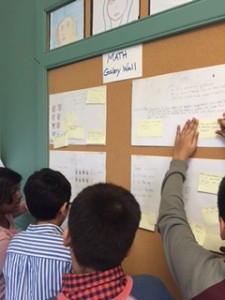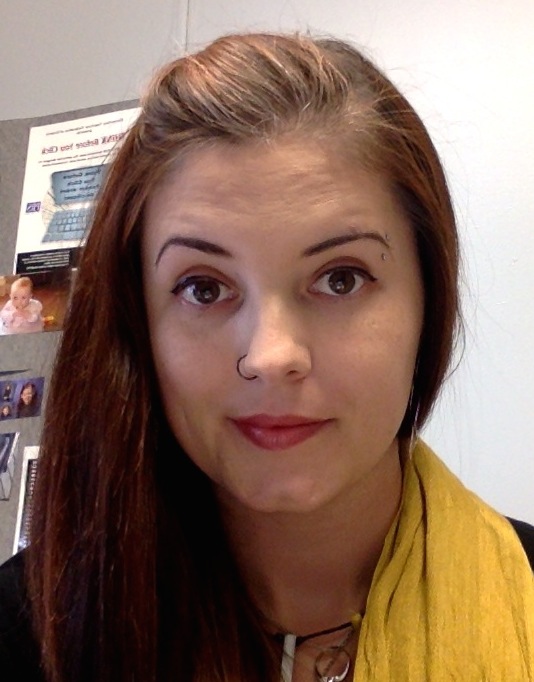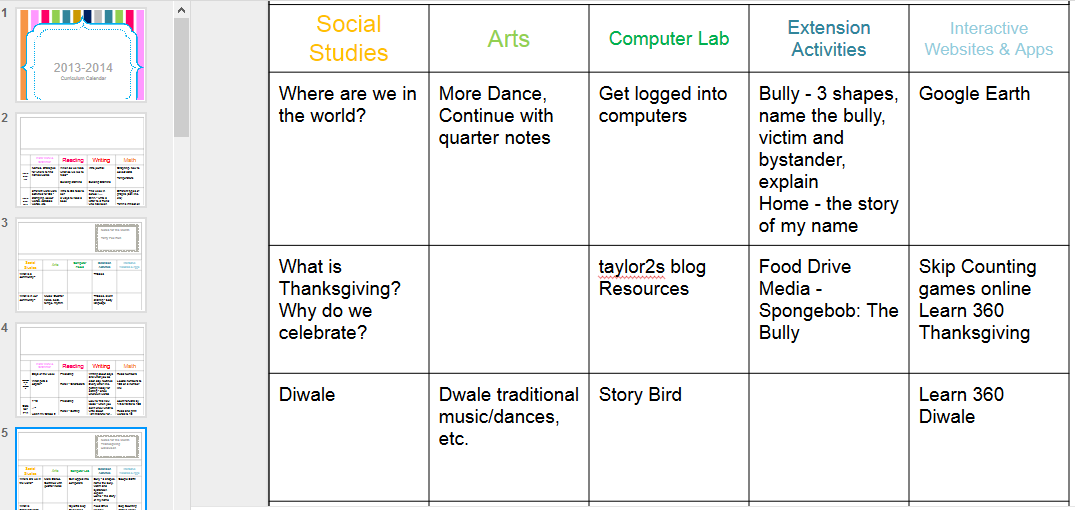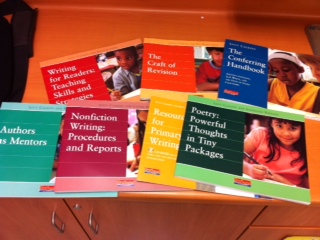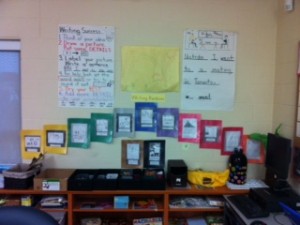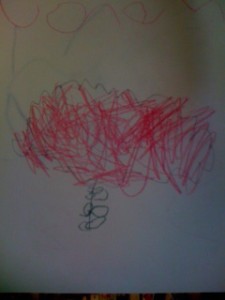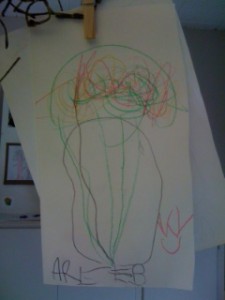“Control + F” on my keyboard allows me to search the word “play” with The Kindergarten Program (2016) document. This magic word comes up 566 times.
Five HUNDRED and sixty-six times.
Play is referenced over and over again throughout the document as a vehicle for learning. Examples of play and the power it holds are woven through the Kindergarten document with references to past and present research from literature around the world that supports play. Play is highlighted as being the highest form of learning for young children and the best way for students to take ownership and responsibility over their own ideas.
The Grade 1 curriculum gives no such importance to play. These two programs lie at completely polar opposite ends of the spectrum in regard to the varying discourse used surrounding the view of the child.
If you have followed my posts, you know I have a passion for Kindergarten (Celebrating Kindergarten; Everything I need to know, I learn in Kindergarten) and that I am an advocate for keeping the current model of Kindergarten in Ontario intact (Protect Full-Day Kindergarten). So, what’s the problem?
Bridging the gap
Naturally, those who teach Grade 1 work tirelessly to ensure students continue to have a positive and hands on experience that results in growth and learning. However, the transition between Kindergarten to Grade 1 shouldn’t have to be such a gigantic leap for students, families and educators alike.
The value of wonder
Though we are beginning to see the introduction of social and emotional learning (e.g. the new math curriculum), the Grade 1 curriculum can feel rigid in the sense that students wonder, interests and inquiries are not prioritized within the documents. Educators create this space of wonder for students within their classrooms, but wonder itself is not reflected within the curriculum documents, assessments, or the evaluation of students overall learning (e.g. the report card).
I dream of a world where the Kindergarten and Grade 1 curricula compliment each other rather than repel each other.
Wouldn’t it be wonderful if….
- Play and the benefits of play-based learning were prioritized beyond Kindergarten?
- Report cards beyond Kindergarten were designed to allow educators space to reflect on the whole child and their development as learners within a classroom community?


